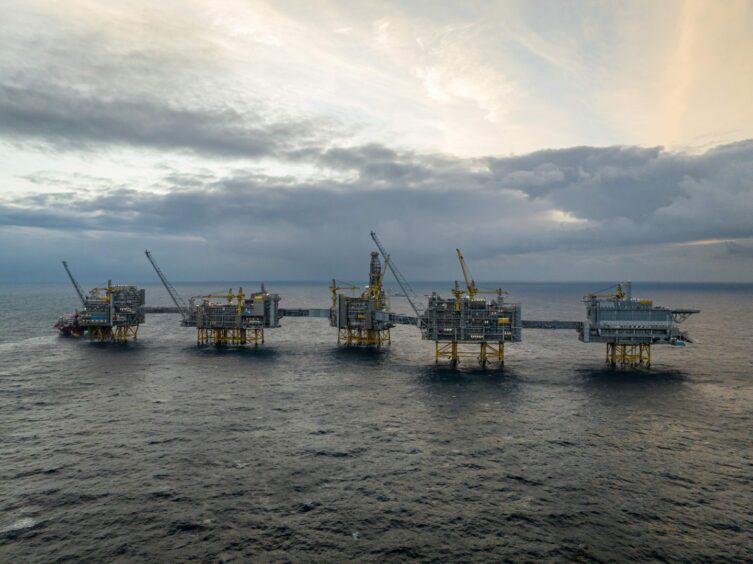
Equinor (OSLO:EQNR) has confirmed the start up of the second phase of its 2.7 billion barrel Johan Sverdrup megaproject in the Norwegian portion of the central North Sea.
In a statement the Norwegian energy giant said production from the field’s second stage began at 11:15am on Thursday, just over three years since first output in October 2019.
Operated by Equinor (42.6%), partners in the development include Aker BP (31.5%), Petoro (17.3%) and TotalEnergies (8.4%).
48 billion NOK (£4bn) was spent on the Phase 2 development, which consists of a new platform, five new subsea systems, 28 new wells, a new module for the existing riser platform, and facilities to send power from shore to the Utsira High area.
Despite the considerable spend and disruption of the past few years, Equinor said the project was delivered “as planned, on time and cost”.
Meanwhile, the full-field development of Johan Sverdrup has a reported break-even price of less than $15 per barrel.
At plateau, the whole field will produce 720,000 barrels of oil daily, though the group aims for this to rise to 755,000 barrels per day – enough to meet the equivalent of between 6 and 7% Europe’s daily oil demand. At this plateau rate, the field will account for every third Norwegian oil barrel, the operator added.
Oil output is transported by pipeline to Mongstad, whereas the gas is piped to Kårstø, and from there to the continent.
Equinor’s executive vice president for Projects, Drilling & Procurement, Geir Tungesvik commented: “The entire Johan Sverdrup field is now on stream. This is a red-letter day for us and our partners, Aker BP, Petoro and TotalEnergies, but also for Norway and Europe. Johan Sverdrup accounts for large and important energy deliveries, and in the current market situation, most of the volumes will go to Europe.
“It has been challenging, and I would like to send a big thank you to everyone who has helped bring the project safely to the finish line, both partners, our own employees and, not least, the suppliers,” says Tungesvik.
The field receives power from shore through two cables from Haugsneset north of Stavanger.
“In combination, this reduces CO2 emissions by a total of 1.2 million tonnes per year, equivalent to 2,5 percent of Norway’s annual emissions. Electrification is an important measure to further developing the Norwegian continental shelf (NCS) towards the goal of net zero greenhouse gas emissions by 2050,” added VP for exploration and production at the Johan Sverdrup and Martin Linge areas, Marianne M. Bjelland.
“I am proud that we have now put the entire Johan Sverdrup field on stream in a safe and secure manner. We will deliver stable energy volumes for several decades, while contributing to Norwegian value creation for a long time to come,” says Bjelland.
